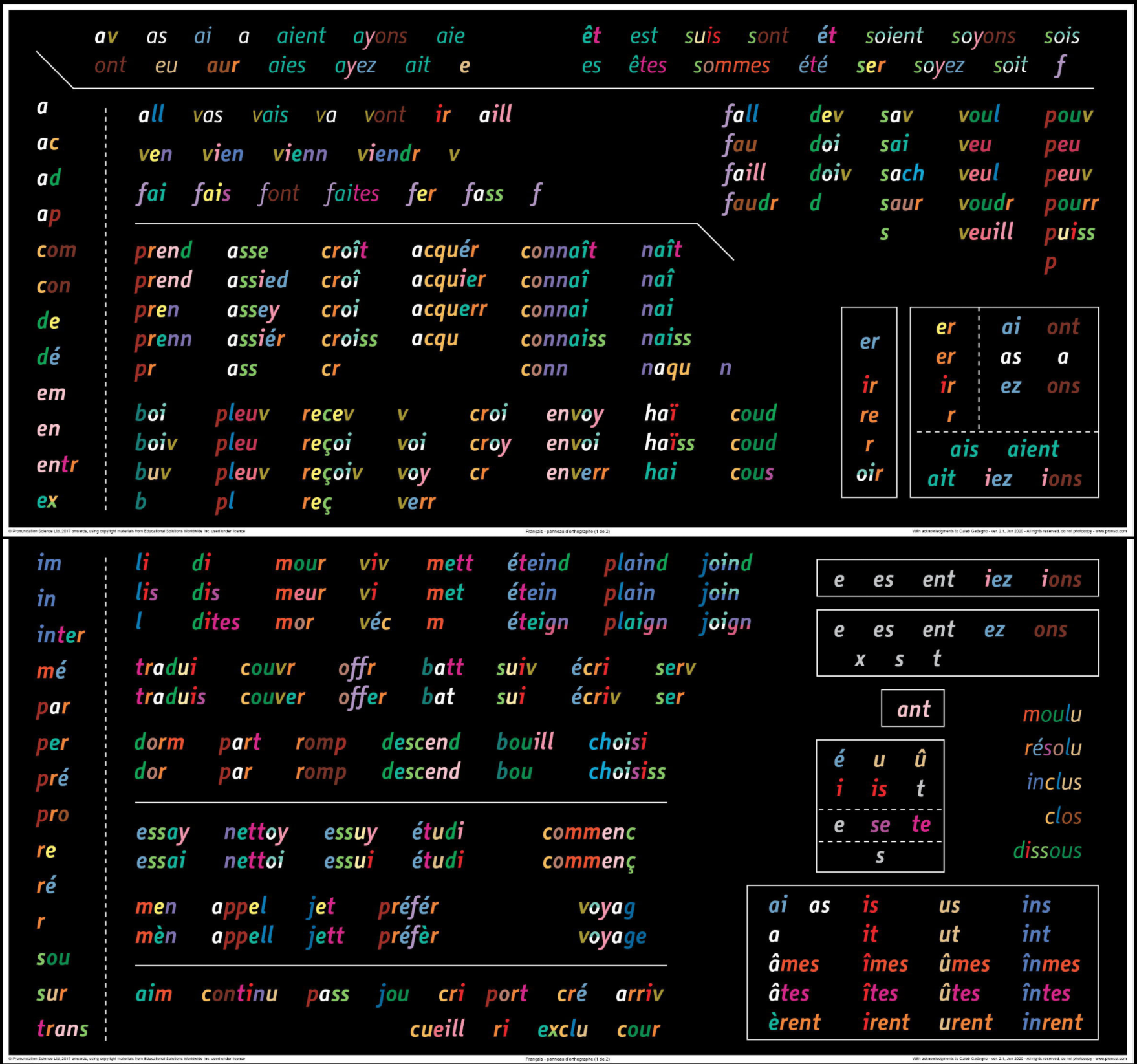When it comes to learning a new language, many people turn to Duolingo, lured by its colorful interface, gamified features, and promises of making the process easy and fun. However, behind the flashy badges and daily streaks lies a reality that is far less effective than it seems. Here are some reasons why relying on Duolingo might not only waste your time but also harm your long-term language learning goals.
The Illusion of Progress
Duolingo’s gamification is designed to keep you hooked. Points, streaks, and levels create a sense of achievement that feels like dedication and consistent effort. But what are you really achieving? Instead of developing skills like holding a meaningful conversation, you’re likely just getting “better at Duolingo” itself. The focus shifts from mastering a language to maintaining a streak or earning the next badge, leaving your true objectives unattained.
Fossilized Pronunciation Errors
Duolingo begins with reading and writing exercises, neglecting the foundational skill of proper pronunciation. Without guidance on how to produce new sounds and say words correctly, learners are prone to developing a fossilized foreign accent. This bad habit, once ingrained, requires significant effort to unlearn, involving specialized practice and targeted corrections that Duolingo won’t provide.
Ignoring Each Language Specificities
By constantly switching between your native language and the target language, Duolingo reinforces the illusion that languages are just interchangeable systems of words. This approach ignores the unique logic that each language possesses. Sentence structures, expressions of time, spatial relationships differ significantly between languages. Duolingo’s method traps you in a mindset of “converting” one language into another, instead of learning to think in the new language.
Translation Dependency
Duolingo relies heavily on translation exercises to teach vocabulary and grammar. This creates a reliance on your native language to understand and produce sentences in the target language. Instead of connecting new words and structures directly to their real-world meanings, learners end up forming a mental bridge through their first language. This habit slows down comprehension and response times, and hides completely nuances that are specific to the new language.
Intellectual Rules vs. Intuitive Fluency
Duolingo often presents grammar through descriptive rules and technical explanations. While these can seem helpful initially, they don’t build the intuitive understanding required for natural fluency. Real proficiency involves developing an instinctive feel for what’s right in context—a skill that emerges through active use in context and with precise feedback, not by memorizing rules.

Misplaced Vocabulary Priorities
Not all vocabulary is created equal. Using the language depends on mastering “function words” like prepositions, pronouns, and articles—the linguistic glue that holds sentences together. Yet, Duolingo often prioritizes “content words,” including obscure or technical terms (e.g., naming a dozen animals). This emphasis dilutes the effort that should go into understanding the foundational workings of the language. By the time you’ve learned your sixteenth animal name, you’ll likely have forgotten the first one, and you’ll still struggle to form an actual sentence.
Lack of Speaking Practice
The main goal for most language learners is to speak confidently. To learn how to speak a language, we must practice speaking it, and get adequate feedback on this practice. This is obviously something that Duolingo fails to provide. Passive exercises and repetitive translations cannot replace the active, dynamic practice needed to develop speaking skills. Without direct interaction and correction, your ability to express yourself precisely in real-world scenarios will remain a dream.
The Verdict: A Flashy Detour, Not a Path to Fluency
While Duolingo’s interface may keep you entertained, it will mostly give you bad habits and a wrong apprehension of how to use your new language. Real progress requires in-context practice, timely feedback, and a deep grasp of the target language’s logic and nuances. If your goal is to have meaningful conversations and use the language fluently, Duolingo may not only waste your time, but also makes things much harder for you later on.





Leave a Reply